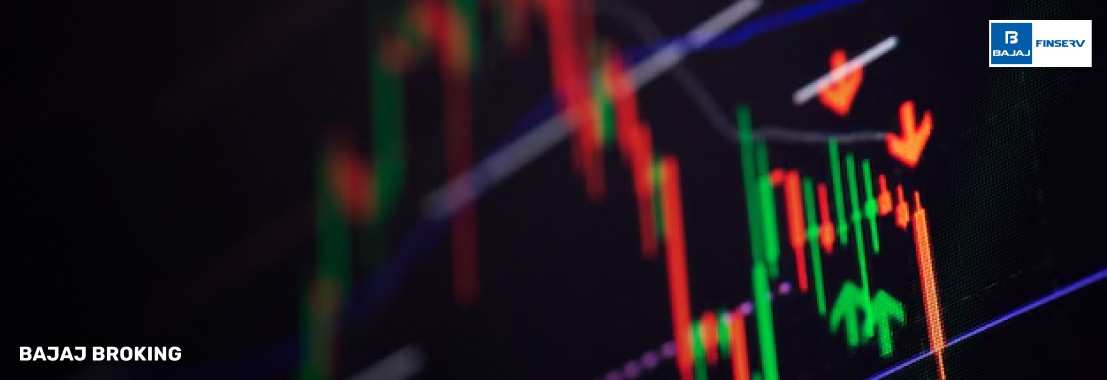The secondary market plays a crucial role in the financial system by enabling investors to trade existing securities. Unlike the primary market, where securities are issued for the first time, the secondary market facilitates the buying and selling of these securities among investors. This market provides liquidity, transparency, and price discovery, making it an essential component of the global economy. Through stock exchanges, over-the-counter (OTC) markets, and other trading platforms, investors can access a variety of financial instruments such as equities, bonds, derivatives, and commodities. Understanding the structure, functions, and risks associated with the secondary market is vital for investors aiming to make informed financial decisions.
What is the secondary market?
The secondary market is a financial marketplace where investors buy and sell previously issued securities. Unlike the primary market, where securities are initially issued by companies, the secondary market allows investors to trade these securities among themselves. This market enhances liquidity, enabling investors to enter and exit investments efficiently. It includes stock exchanges, over-the-counter (OTC) markets, and bond markets. By providing a platform for continuous trading, the secondary market contributes to price discovery, market stability, and efficient capital allocation. Investors can trade equities, bonds, derivatives, and other financial instruments, making it a crucial component of the global financial system.
Types of secondary markets
The secondary market can be classified into different types based on trading mechanisms and securities traded. Each type serves a unique purpose and caters to various investor needs.
Stock exchanges: Regulated platforms where securities are bought and sold publicly, such as the London Stock Exchange and New York Stock Exchange.
Over-the-counter (OTC) markets: Decentralised markets where securities are traded directly between parties without a centralised exchange.
Bond markets: Secondary trading of previously issued government Bonds and corporate bonds, providing liquidity to debt investors.
Derivatives market: Trading of futures, options, and swaps based on underlying assets such as stocks, commodities, or currencies.
Forex market: Facilitates the trading of currencies between investors globally.
Commodities market: Trading of physical and financial commodities, including oil, gold, and agricultural products.
Alternative trading systems (ATS): Non-traditional platforms that offer electronic trading outside of regulated exchanges.
Dark pools: Private markets where institutional investors trade large blocks of securities with reduced market impact.
Instruments traded in secondary markets
A wide range of financial instruments are traded in the secondary market, catering to diverse investor preferences and risk appetites.
Equities (stocks): Shares of publicly traded companies that represent ownership and entitle investors to dividends and capital gains.
Bonds: Debt securities issued by governments, municipalities, and corporations that pay periodic interest and return principal at maturity.
Exchange-traded funds (ETFs): Funds that track an index or sector and trade like stocks on exchanges.
Mutual funds: Pooled investment funds managed by professionals that allow investors to buy and sell units in the fund.
Derivatives: Contracts such as options, futures, and swaps that derive value from underlying assets.
Real estate investment trusts (REITs): Securities that allow investors to participate in real estate income without owning physical properties.
Commodities: Precious metals, energy resources, and agricultural goods traded in the secondary market.
Forex: Trading of foreign currencies based on exchange rate movements.
Corporate and municipal bonds: Fixed-income securities providing interest payments to investors over a fixed period.
Convertible securities: Bonds or preferred stocks that can be converted into common shares of the issuing company.
Functions of the secondary market
The secondary market serves several critical functions that enhance market efficiency and investor confidence.
Liquidity provision: Allows investors to buy and sell securities easily, ensuring smooth capital flow.
Price discovery: Facilitates efficient price determination based on supply and demand dynamics.
Investment opportunities: Provides investors access to various financial instruments for diversification.
Market efficiency: Enhances fair trading and transparency in securities transactions.
Risk distribution: Enables investors to manage risk by buying and selling assets at prevailing market prices.
Economic growth support: Encourages capital flow into productive investments, contributing to economic development.
Encourages corporate governance: Public trading demands transparency, improving corporate accountability.
Provides income sources: Investors earn through dividends, interest payments, and capital gains.
Encourages savings and investment: Facilitates long-term financial planning and wealth accumulation.
Enhances financial inclusion: Provides retail and institutional investors access to various asset classes.
Examples of secondary market transactions
Secondary market transactions occur daily across global financial exchanges. An example is the trading of Apple Inc. shares on the Nasdaq. Suppose an investor initially purchases Apple shares in the primary market during an initial public offering (IPO). Later, another investor buys these shares on the secondary market from the original buyer through an exchange. Similarly, bondholders who purchase corporate bonds directly from issuers can sell them in the bond market to other investors. These transactions illustrate how securities change ownership without direct involvement from the issuing company, ensuring continuous market activity and liquidity.




